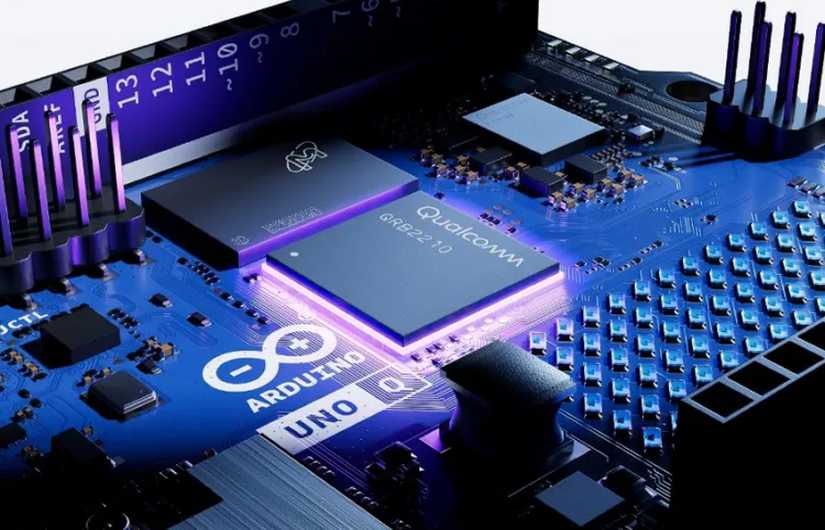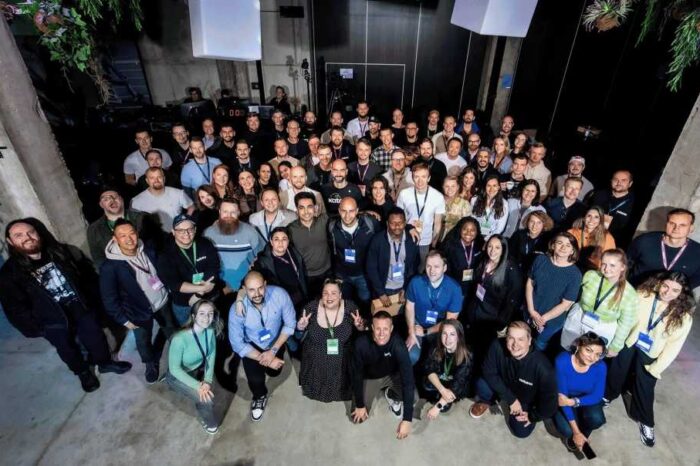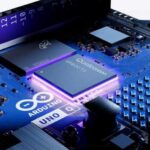Qualcomm acquires Arduino to deepen its push into robotics

Qualcomm is making a calculated move to get closer to the grassroots of the robotics industry. The chip giant announced Tuesday that it’s acquiring Arduino, the Italian open-source electronics platform behind a wide range of boards used by tinkerers, DIY hobbyists, and educators, for an undisclosed amount.
Arduino has long been a staple in hardware startups and robotics labs, thanks to its inexpensive, programmable circuit boards that make it easy to prototype new ideas. With this deal, Qualcomm gains direct access to the community of builders who often shape early experimentation in robotics and embedded systems.
The news comes just four months after the U.S. chipmaker acquired the British semiconductor company Alphawave for approximately $2.4 billion to expand into the AI data center market.
In the announcement on Tuesday, Qualcomm said that “Arduino will retain its independent brand, tools, and mission, while continuing to support a wide range of microcontrollers and microprocessors from multiple semiconductor providers as it enters this next chapter within the Qualcomm family.”
The company plans to keep producing microcontrollers and microprocessors with chips from multiple manufacturers, preserving the ecosystem that made Arduino influential in the first place. Arduino will operate as an independent subsidiary, continuing to work with existing partners such as STMicroelectronics, Renesas Electronics, Microchip, and NXP Semiconductors.
The acquisition also comes with a product reveal. Arduino is launching the Uno Q, a Raspberry Pi-like board powered by Qualcomm’s Dragonwing QRB2210 processor paired with a real-time microcontroller. Priced between $45 and $55, the Uno Q can run Linux Debian and lets users connect a keyboard, mouse, and display through a USB-C dongle. It supports lightweight AI models, enabling “AI-powered vision and sound solutions that react to their environment in real time.” This represents a significant upgrade from traditional Arduino boards, which have relied on lighter microcontrollers.
For Qualcomm, this move is about more than hardware. By integrating its chips into Arduino’s ecosystem, the company hopes to build loyalty among hobbyists and startups at the earliest stages of development. Once those experiments mature into commercial products, Qualcomm aims to be the go-to supplier for more powerful chips.
“You start to move towards prototyping, proof of concepts, and once you’re ready, you can go commercial, which is something we are obviously very familiar with,” said Nakul Duggal, Qualcomm’s general manager for automotive, industrial, and embedded Internet of Things, or IoT.
The timing reflects a broader shift inside Qualcomm. With the smartphone market slowing and Apple moving to its own modem chips, the company is looking to diversify its revenue streams. Its IoT and automotive businesses already make up about 30% of chip sales, and robotics represents a natural extension of that strategy.
Historically, smaller developers have had a hard time accessing Qualcomm’s chips, which are typically sold in bulk to major enterprises. Nvidia, in contrast, has found success selling affordable developer kits for robotics and AI, and it has openly called robotics its biggest growth area after AI. Qualcomm’s recent acquisitions—including Foundries.io and Edge Impulse—show a clear push to change that dynamic and become a key player for robotics developers.
The long-term vision goes beyond hobby projects. Duggal said Qualcomm ultimately wants to help power humanoid robots, which require the same kind of heavy AI computing power found in self-driving cars.
“My success criteria is that the Arduino ecosystem doesn’t even feel that there is any change in ownership here,” Duggal said.
By keeping Arduino’s identity intact while embedding its technology deeper into the ecosystem, Qualcomm is positioning itself to play a bigger role in the next wave of robotics innovation—starting at the workbench.




